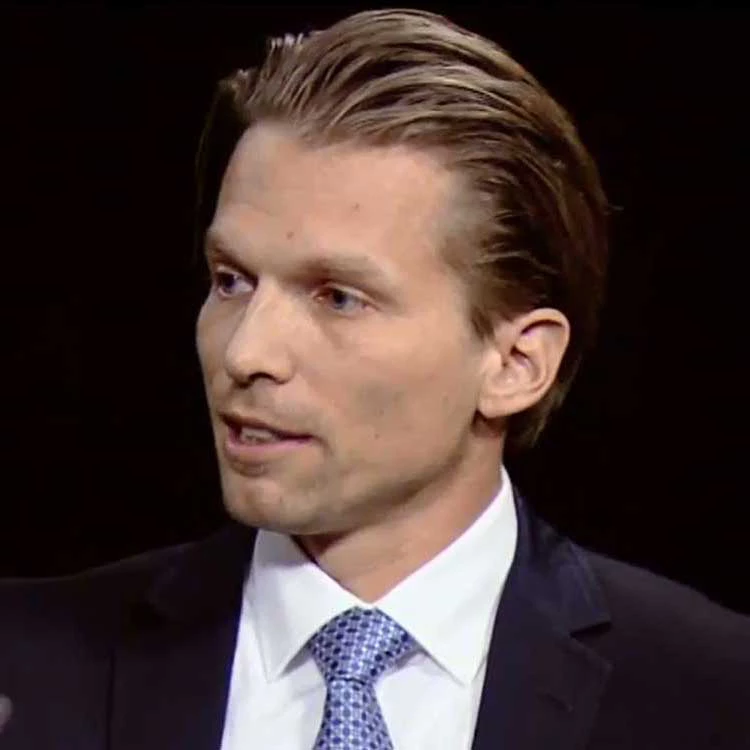
Interoperability was a trending topic at this week’s Mobile World Congress (MWC) 2016.
Payments are often the first and most used financial service.
Getting payment products to “understand” each other, or to be “interoperable,” is a big challenge to solve if we want to expand overall digital services and financially include the 2 billion people worldwide who are currently excluded from the formal financial system.
Making it easy for people to access transaction accounts and payment services matters.
We see interoperability as a means for people worldwide to make electronic payments in a convenient, affordable, fast, seamless and secure way through a transaction account.
When payment systems are interoperable, they allow two or more proprietary platforms or even different products to interact seamlessly. Interoperability can promote competition, reduce fixed costs and enable economies of scale that help ensure the financial viability of the service and make payment services more convenient.
Interoperability among ATM and POS networks
There is a massive interoperability gap between high-income and low-income countries and between more traditional payment instruments, like payment cards, and innovative instruments, like mobile money, according to the World Bank’s Global Payments System Survey (GPSS).
Almost 50% of ATMs and POS networks in low-income countries are interoperable compared to 86% of ATMs and 80% of POS networks in developed countries, according to GPSS 2012 data. Less than 20% of innovative retail payment products were fully or partially interoperable in 2010, according to the GPSS.
Around 25% of them supported a mechanism to exchange funds with traditional payment products, but generally didn’t use the traditional clearing and settlement infrastructure.
Mobile Money Interoperability
By the end of 2015, 271 mobile money solutions were offered in 93 countries, with 60 countries having two or more mobile money services, according to just released GSMA data. Interoperability of mobile money accounts so far has been implemented only in a few of these 60 countries.
Established mobile money interoperability in countries is typically limited to selected use cases, such as person-to-person transfers, while more complex scenarios, such as the sharing of agents or merchant payments, often aren’t considered.
Achieving Interoperability Is No Easy Task
It’s no surprise that interoperability was an important topic at the MWC2016. The Bill and Melinda Gates Foundation, for example, organized a roundtable for development partners and other organizations interested in promoting interoperability in mobile financial services, which the World Bank Group attended as well.
Solving the interoperability challenge will help attain financial inclusion and achieve the Universal Financial Access by 2020 goal, which aims to enable financially excluded adults worldwide to have access to an account.
Better interoperability facilitates access to transaction accounts and payment instruments because it allows service providers to create better and customized products.
What does this mean? Payment service providers typically control some features they offer in their products, but not all.
Different external constraints can limit payment service providers to creating generic basic products that don’t meet the needs of intended customers. These external constraints include regulatory restrictions, a weak or inaccessible retail payment infrastructures, limited interoperability of points-of-service or unreliable communication networks.
The need for interoperability was also one of the findings of the CPMI-WBG Task Force on Payment Aspects of Financial Inclusion (PAFI), which identified needed improvements in payment systems and services to increase further financial inclusion.
As the task force found, interoperability can affect financial and ICT infrastructures, transaction account and payment product design, readily available access points, and large-volume, recurrent payment streams. These improvements are essential for extending universal access and frequent usage of transaction accounts. Interoperability can play a critical role in expanding the size of service points networks.
Interoperability Toolkit
In addition to technical assistance and/or financing of financial infrastructures supporting interoperability, the World Bank Group also promotes the discussion between financial and telecommunication regulators, developed and developing markets, and financial institutions and non-banks.
As part of this work, the World Bank Group co-chairs the Working Group on Interoperability (IOWG), within ITU’s Focus Group on Digital Financial Services.
Public and private sector representatives within the IOWG are working on a number of interoperability priorities. These include the right timing, interoperability within a country and/or a broader region, agreements and schemes facilitating interoperability between different mobile money solutions and between mobile money solutions and regular deposit transaction accounts, cooperation frameworks, oversight related aspects, the access to infrastructures, relevant standards, and agent exclusivity.
By the end of this year, the IOWG hopes to create a toolkit to help those working to promote interoperability. Anyone interested in promoting financial access and broader financial inclusion is invited to join the IOWG’s work.
Related Links:
Payment Systems
Financial Inclusion
Universal Financial Access
Tweetable sentences:
#Payments: often 1st and most used financial service. Interoperability and #financialinclusion #MWC16
Solving #payments interoperability for universal #financialAccess. #MWC16, #finaccess2020
#Payments interoperability & universal #FinancialAccess #MWC16, #finaccess2020




Join the Conversation